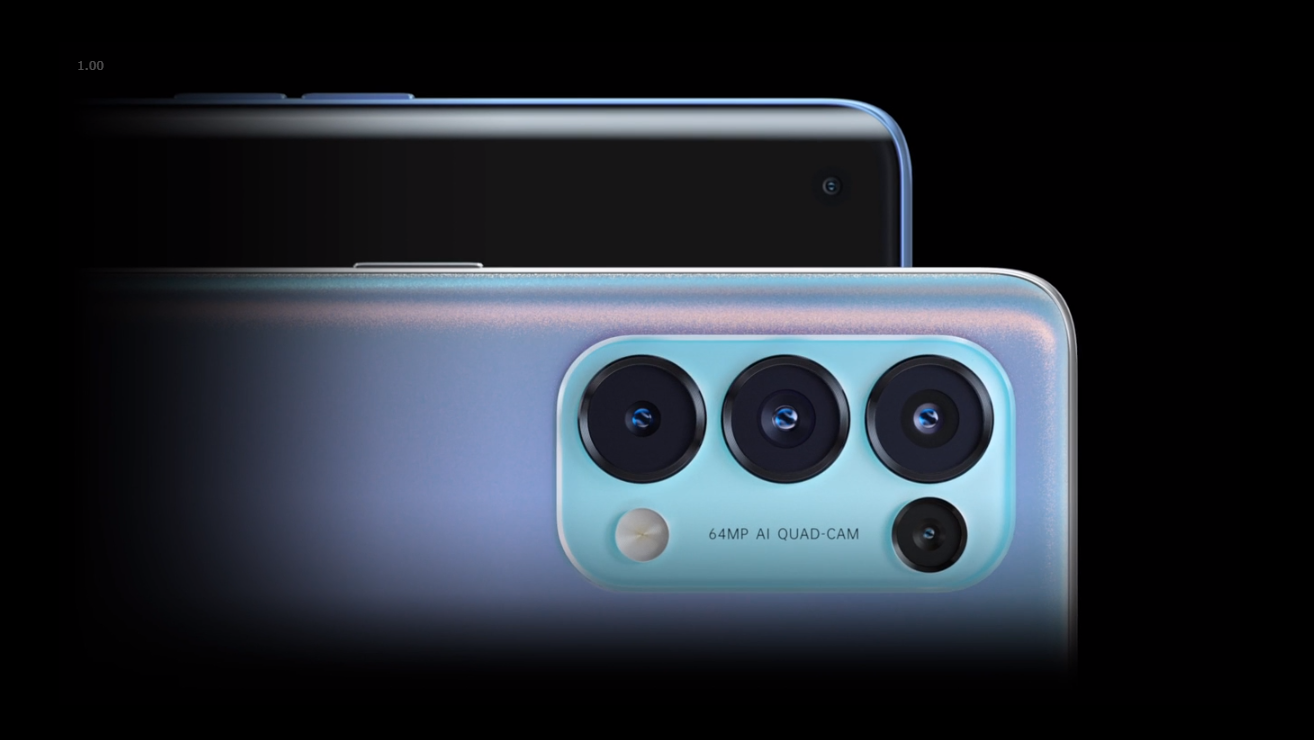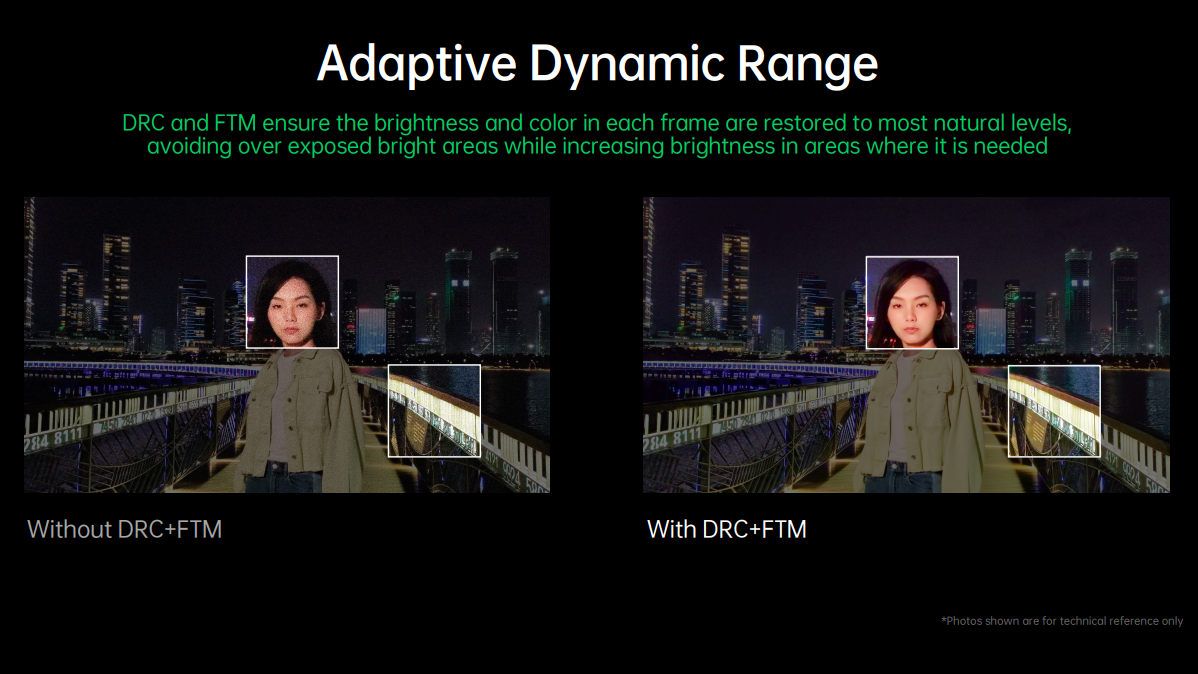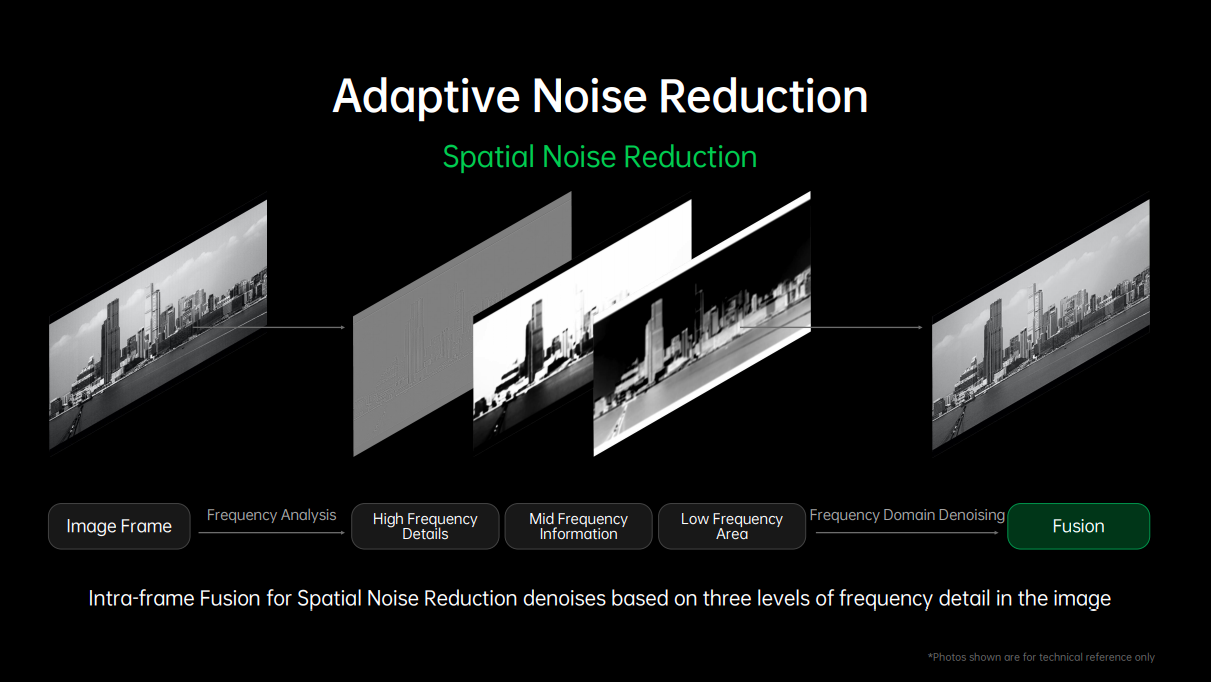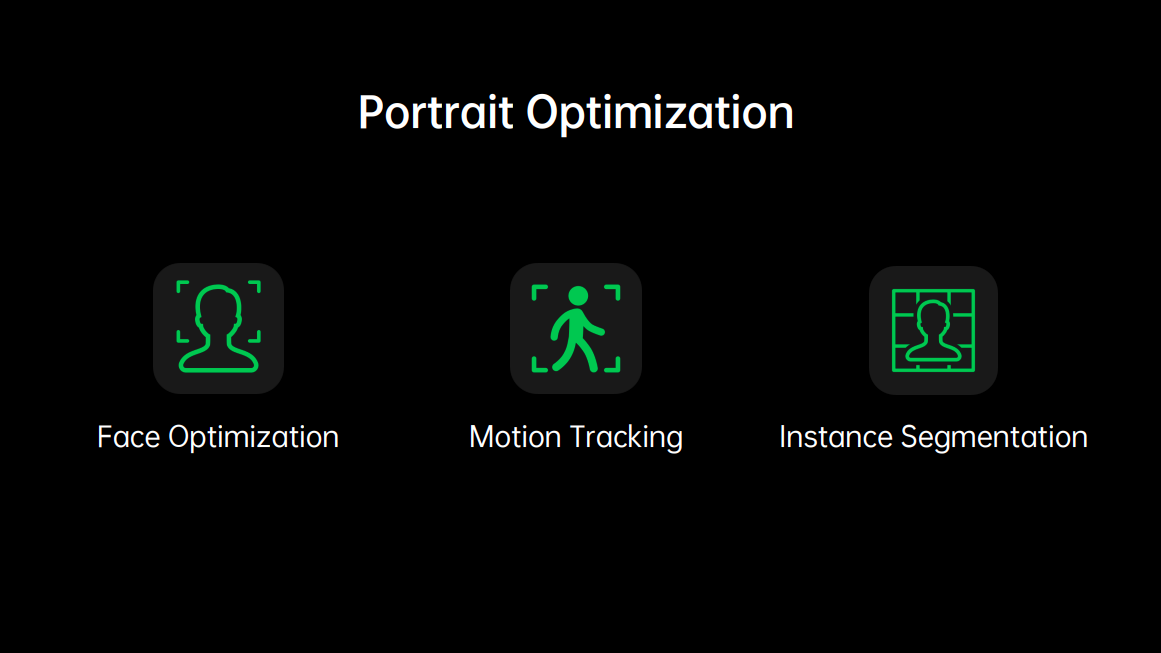How the Oppo Reno 5 Pro will use AI for better video recording
Using the Full Dimension Fusion (FDF) system

The Oppo Reno 5 Pro is set to launch later this month on January 18. Since camera features are a focus point for the new smartphone, they gave us a preview of the new shooting modes that will debut on it before the unveiling. The key talking point will be Full Dimension Fusion portrait video system — a new way to shoot videos across scenarios high-end hardware and innovative software.
Oppo started the workshop by talking about the future of smartphone photography and how “hardware can guarantee the lower limits of image quality, but the upper limits can only be reached through the innovation of advanced algorithms.” Since imagery has no real upper limit, the next wave of advancements will be driven by software as hardware is nearing a point of saturation.
FDF is a set of complex actions that work in parallel to achieve better video quality and portrait effects. This is done to ensure that the shots are not held back by the inherent shooting limitations, overriding the exposure triangle in some ways.
The first step revolves around improving the quality of the image, especially in less than ideal conditions such as low light or high shake. Toggling ‘AI Highlight video’ on will activate Ultra Night video and Live HDR simultaneously to achieve better brightness, colour and clarity in the video.
Simply enhancing brightness is not enough.
Instead of increasing the entire frame’s exposure, it uses adaptive gain to raise the shadows in some parts while keeping the highlights from clipping or overexposing for an evenly exposed image. Similarly, an adaptive dynamic range filter is applied to fuse multiple HDR frames to expose the subject as well as the background correctly. These adjustments are applied to each frame individually to account for any changes. Since the phone understands what scene is being shot, it can make more accurate tweaks based on the subject.
Lastly, to take care of the digital grain that might get introduced, the Oppo Reno 5 Pro will run two rounds of noise reduction. On a temporal level, multiple frames at 5ms intervals will be synthesized together along with movement data from the auxiliary sensor to reduce noise at a pixel level as well as take care of ghosting and shakes. Then, the image goes through spatial noise reduction where parts at different frequency levels are dealt with separately — stronger noise reduction in low-frequency areas (such as the sky) and texture retention in the higher frequencies (such as the subject/person/buildings) where the details need to be preserved.
Oppo claims that with this new approach, AI Highlight video can increase a video’s brightness by 74.4%, clarity by 33.7% while reducing the power consumption by 40%.
Sign up for breaking news, reviews, opinion, top tech deals, and more.
What does all of this mean for the user? Nothing, actually. All you should care about is that using these modes on the Oppo Reno 5 Pro (and other upcoming smartphones) should give you much better usable videos without much effort. One of the pillars of this development was to bring the benefits to the users while leaving the complexity for the smartphone.
Oppo also states that Reno users tend to shoot more pictures of humans as the subject, and has thus added features such as advanced portrait modes. The Portrait Perception Engine ensures that the scenes are identified accurately, verified against a 10 million+ portrait database using AI, and optimized for face recognition, motion and segmented via a depth map in real-time to create a video.
With these features, the upcoming Oppo Reno 5 Pro will aim to be one of the best camera phones in its segment, at least in terms of features and versatility. It will also claim the crown for being the first MediaTek Dimensity-powered smartphone in India.
Don't let the lighting limit you. With the industry-first Al Highlight video feature available on #OPPOReno5Pro any light can be a highlight!Are you excited to #LiveTheInfinte and shoot some amazing videos?Know more: https://t.co/KiM3VLUsCV pic.twitter.com/YyW2qCZYazJanuary 6, 2021

Aakash is the engine that keeps TechRadar India running, using his experience and ideas to help consumers get to the right products via reviews, buying guides and explainers. Apart from phones, computers and cameras, he is obsessed with electric vehicles.



